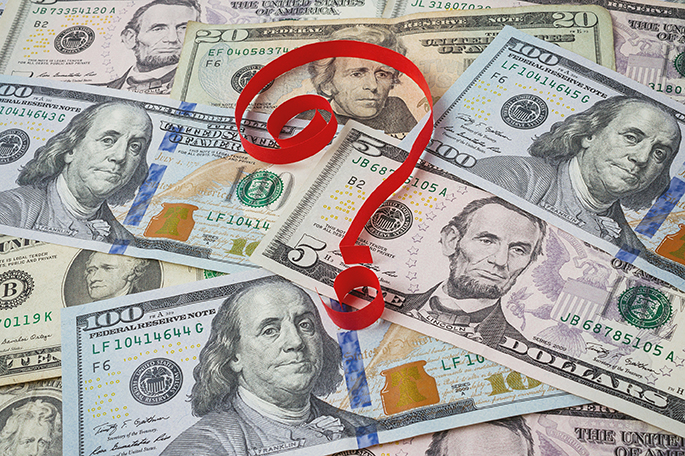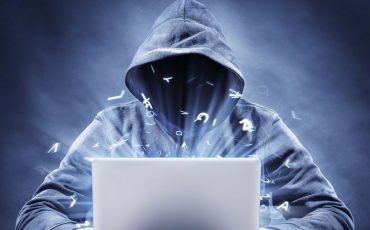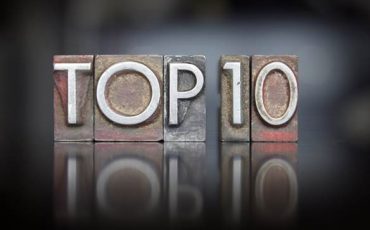Posted on by Dale Roe
Celebrate Trivia Day with our money quiz

Here’s a piece of trivia you might not have known: January 4 is Trivia Day! To celebrate, we’ve compiled a 10-question quiz about paper money using information provided by the United States Bureau of Engraving and Printing.
Remember paper money? You probably handled it regularly before you got a debit card and started using direct deposit. Maybe you folded it up into a tight triangle to play that table-top punting game where somebody holds up their thumbs and forefingers like a field goal and inevitably takes one in the eye.
My favorite? Hand somebody a bill (any denomination) and tell them that if they can find the hitchhiker on it, you’ll let them keep it. After they’ve looked for a good 10 or 15 minutes, take the bill back, quickly glance at each side, shrug your shoulders and say, “Hmm. I can’t find him either. He must have gotten a ride.” A note from personal experience: If you do this, it’s best to have your own preferred method of hasty egress planned in advance.
But we digress. Answers to the quiz follow the questions. Tally up your totals, see how you rate, and share with your friends and followers using the handy social media buttons below the answers.
1. What is the url of the Bureau of Engraving and Printing’s website?
A. Moneymaker.gov
B. Moneyfactory.gov
C. Cashprinters.gov
D. Currentcurrency.gov
2. The U.S. Mint sometimes releases bills with printing errors, which often become highly collectible. According to the Department of the Treasury, how much would a $1 bill from 1950 or newer with its serial number and seal mistakenly overprinted onto the bill’s back be worth?
A. $1
B. $10
C. $100
D. $300
3. Throughout its history, the United States has authorized several different types of paper currency. Which of the following came first?
A. Gold Certificates
B. Silver Certificates
C. United States Notes
D. Federal Reserve Notes
4. Why is President Donald Trump ineligible to have his portrait on U.S. currency?
A. He is still in office
B. He has been impeached
C. He is still alive
D. All of the above
5. Which of the following non-Presidents has *not* appeared on U.S. paper currency?
A. Alexander Hamilton
B. Martha Washington
C. Benjamin Franklin
D. Thomas Edison
6. Which U.S. bill features an engraving of the Philadelphia’s Independence Hall?
A. $10 bill
B. $20 bill
C. $50 bill
D. $100 bill
7. Novelty bills with pictures of celebrities are legal tender and can be spent like any other U.S. currency.
A. True
B. False
C. It depends
8. Who decides which portraits appear on U.S. currency?
A. The President
B. The Secretary of the Treasury
C. Congress
D. The Federal Reserve Chairman
9. When did the requirement that the motto “In God We Trust” begin appearing on U.S. currency become law?
A. 1920
B. 1955
C. It is not a legal requirement.
D. None of the above
10. What does the appearance of a single star at the end of the serial number on some U.S. bills indicate?
A. The bill is a “Lucky Winner Note,” redeemable for twice its printed value.
B. It was printed on recycled paper with biodegradable ink.
C. It is replacing an imperfect bill discovered during the manufacturing process.
D. It is used to denote a bill singled out for tracking through the system.
ANSWERS
1. B. Moneyfactory.gov. Pretty cool name for a Federal agency, right?
2. A. While collectors may pay more for these bills (oldcurrencyvalues.com places this particular misprint at a value of $300), the Department of the Treasury “redeems all genuine U.S. currency at face value and does not render opinions concerning the value of old, rare, or misprinted currencies.”
3. C. United States Notes were the first of these four variations of U.S. paper currency. Issued as early as 1862, they remained in production through 1994. Their design and size changed over time, and the green printing on the bills’ backs was – along with the same feature of the earlier “Demand Notes,” responsible for the slang term “greenbacks,” still in use today. They enjoyed the longest run of any U.S. paper currency. Our current form, the “Federal Reserve Bank Note”, has been in circulation since 1914.
4. C. By law, only the portrait of a deceased individual may appear on U.S. currency.
5. D. Thomas Edison has never appeared on U.S. currency. However, the famed inventor’s face was featured on a 3-cent U.S. postage stamp issued in 1947. Hamilton appears on the $10 bill, Chase was pictured on the $10,000 bill (no longer printed), and Martha Washington appeared on the face of some $1 Silver Certificates, and on the back of others.
6. D. The $100 bill features a scene of Independence Hall. Magnified examination reveals that the time on the Hall’s clock is set to 4:10. There is no record of why this time was chosen.
7. Let’s say C. So-called “Celebrity Notes” are, in fact, legal tender … as long as the picture of the celebrity is affixed on top of the bill’s actual portrait – not printed over it – and is removable.
8. B. The Secretary of the Treasury is responsible for the design of U.S. currency, including whose portraits appear.
9. B. The use of the phrase on all currency has been required by law since 1955. It first appeared on paper money in 1957.
10. C. If your bill has a star at the end of its serial number, that bill has been created to replace a defective bill.
HOW DID YOU DO?
1-3 correct: Cash poor
4-7 correct: Average return
8-10 correct: Money master!


